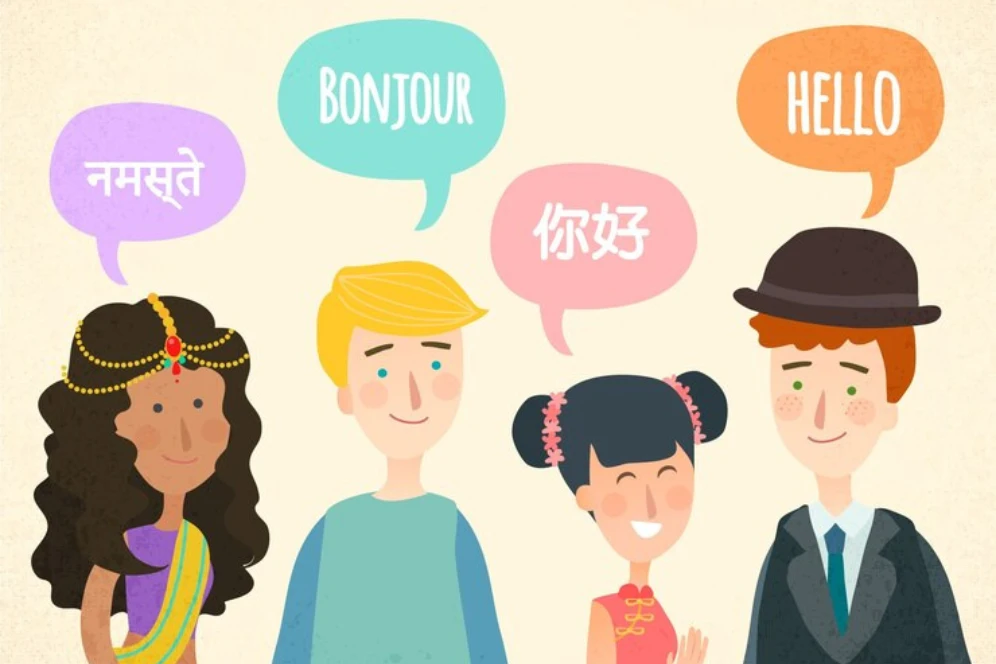One of the most rewarding aspects of travel is immersing yourself in new cultures and experiences. However, navigating language barriers can sometimes be challenging. Whether you’re exploring bustling markets, ordering food at a local restaurant, or seeking directions, effective communication is key to enhancing your travel experience and connecting with locals. Here are essential tips to help you overcome language barriers and communicate confidently in a foreign language:
1. Learn Basic Phrases Before You Go
- Essential Phrases: Start by learning basic phrases such as greetings (hello, goodbye), please, thank you, excuse me, and numbers (for prices and quantities).
- Travel Specific Vocabulary: Familiarize yourself with travel-related vocabulary such as directions (left, right), transportation (bus, train), and common phrases for ordering food or shopping.
2. Use Language Learning Apps and Tools
- Language Apps: Utilize language learning apps like Duolingo, Babbel, or Rosetta Stone to practice vocabulary, pronunciation, and basic grammar before and during your trip.
- Offline Resources: Carry a pocket phrasebook or use offline translation apps that work without internet connectivity for quick reference.
3. Nonverbal Communication
- Body Language: Use gestures, facial expressions, and body language to convey your intentions or ask for assistance. However, be mindful that gestures can have different meanings in different cultures.
- Visual Aids: Use maps, pictures, or drawings to help illustrate your needs or convey information when words fail.
4. Speak Slowly and Clearly
- Pronunciation: Focus on clear pronunciation and speak at a slower pace. Avoid using complex sentences or slang that may confuse native speakers.
- Ask for Clarification: If you don’t understand something, politely ask the person to repeat or clarify using simpler language.
5. Practice Active Listening
- Listen Closely: Pay attention to the nuances of speech, tone, and context to better understand what is being communicated.
- Be Patient: Allow the other person time to speak and respond. Avoid interrupting or finishing their sentences.
6. Use Bilingual Locals or Guides
- Seek Assistance: Ask for help from bilingual locals, hotel staff, or tour guides who can assist with translation or provide recommendations in your native language.
- Translation Services: Inquire about translation services available at hotels, visitor centers, or tourist information offices if needed.
7. Embrace Language Learning Opportunities
- Practice Conversations: Engage in conversations with locals whenever possible, even if it’s basic. Many people appreciate the effort and are willing to help you practice.
- Language Exchange: Participate in language exchange programs or meetups with locals who want to practice your native language in exchange for theirs.
8. Be Respectful and Patient
- Cultural Sensitivity: Respect cultural differences in communication styles and norms. Adapt your approach to match local customs and etiquette.
- Smile and Stay Positive: A positive attitude, a friendly smile, and a willingness to learn go a long way in bridging language barriers and creating connections.
9. Use Technology Wisely
- Translation Apps: Use smartphone apps like Google Translate or Microsoft Translator for real-time translation of spoken and written language.
- Voice Recognition: Some apps allow you to speak into your phone’s microphone and translate your words into the local language, which can be handy for complex interactions.
10. Learn from Your Experiences
- Reflect and Adapt: Take note of your interactions and learn from them. Adjust your language learning approach and communication strategies based on what works best in different situations.
- Celebrate Progress: Celebrate small victories in language communication. Each attempt to communicate in a foreign language is a step towards cultural understanding and personal growth.
Conclusion
Navigating language barriers while traveling requires patience, adaptability, and a willingness to learn. By preparing beforehand, using available resources, and embracing opportunities to practice, you can effectively communicate and connect with people from diverse cultures. Remember, the effort to communicate in a foreign language demonstrates respect and appreciation for the local culture, enriching your travel experience and creating memorable encounters along the way. Enjoy your linguistic journey and the connections you make across borders!

